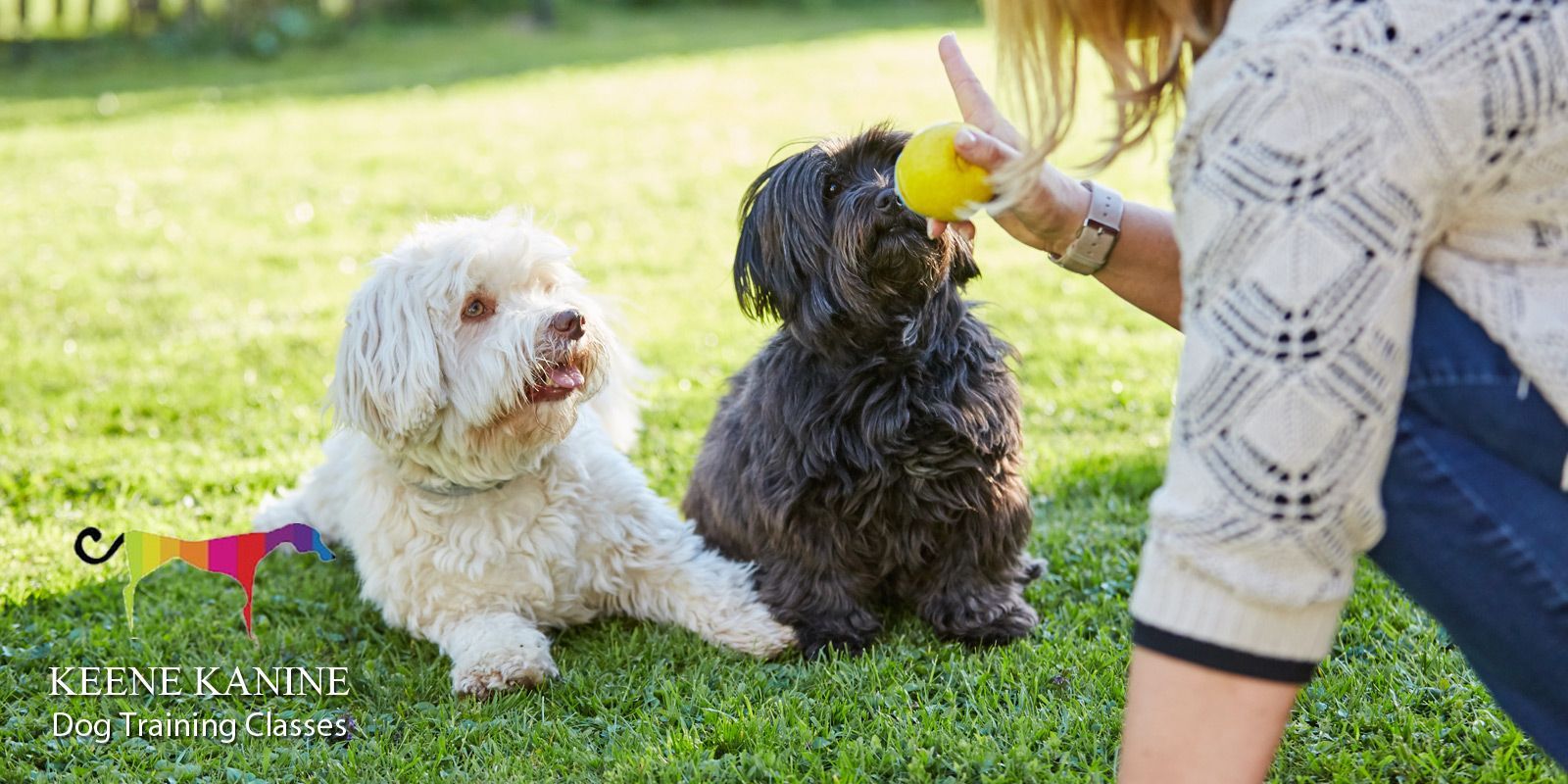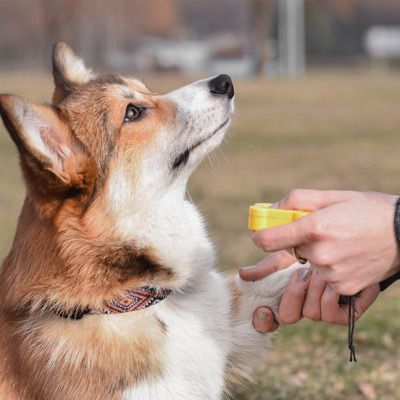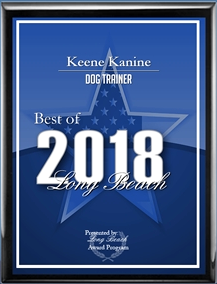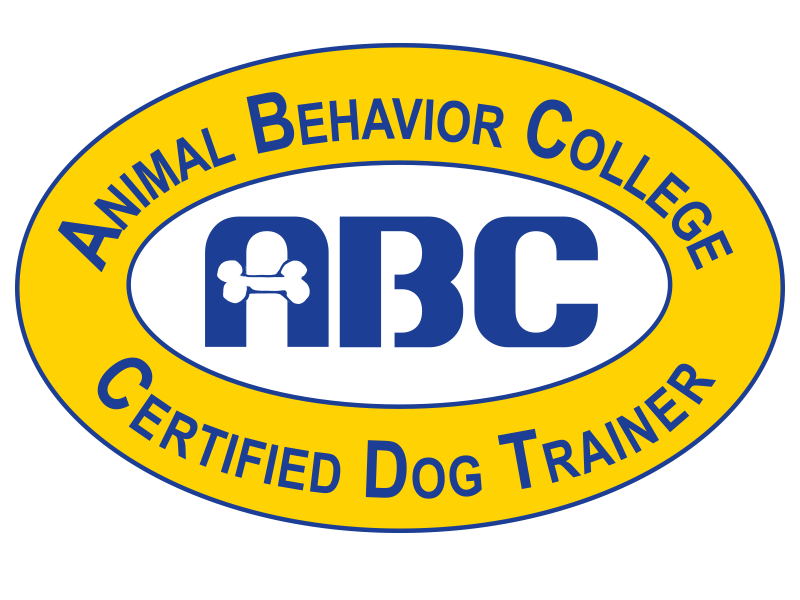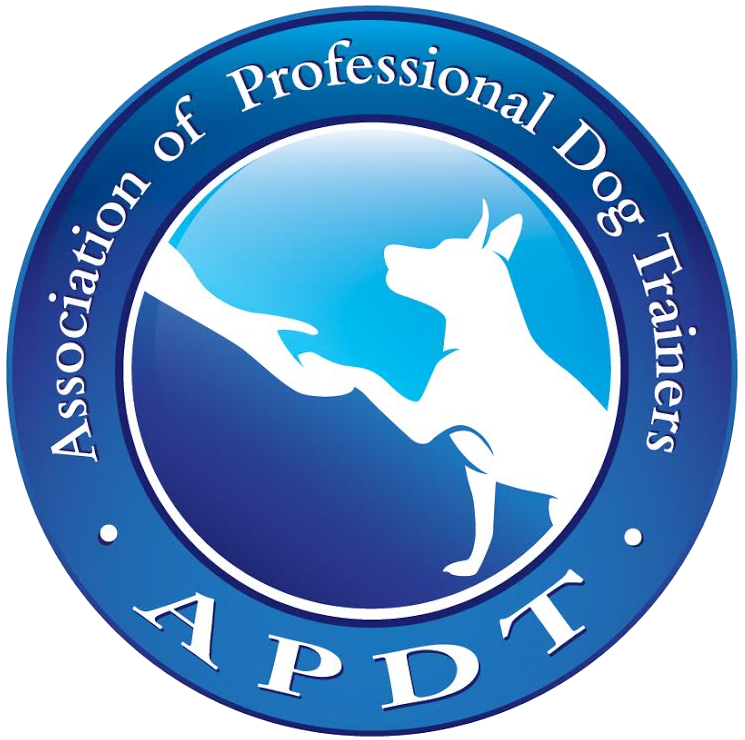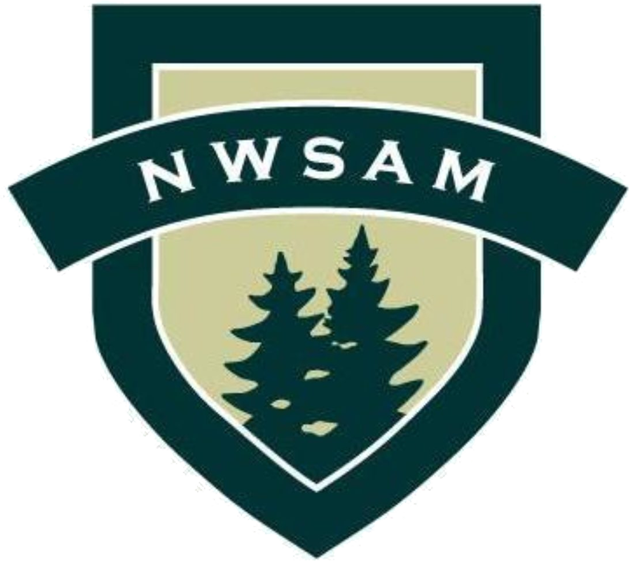Dog Training Classes by Maureen Keene of Keene Kanine
I utilize positive reinforcement in my dog training classes to match tiny food rewards with a verbal clicker, the word YES is my verbal clicker. I also use a negative sound matched with the word NO for my no-reward marker. By clearly communicating what we like and we don't like, we can teach new words, commands, and behaviors quickly.
-Maureen Keene, Dog Class Trainer
Training Classes for Dogs in Long Beach and Serving all of Nassau County, NY
I offer personalized in-home training classes. I come to meet you and your dog for a free class, and I listen to your concerns and note my observations. I will then show you how I train and communicate and interact with your dog positively, exhibiting my skills before you hire me for dog training.
Once we start our dog training classes, we usually meet weekly unless there is an issue that requires us to meet more than once weekly in the beginning, and then we will do so. The classes are done in your home as that is where most of your challenges will arise with your dog. We may do some of the dog training focusing on the central doorway in the home, as that is a hotspot in the house.
We will establish appropriate commands for the doorway entranceway moment. Throughout all of this, in our dog training, we will focus on clear communication and honing our communication skills with the dog. I help coach you through A new communication skill in our training classes, and it is like learning a new language, but it is powerful and effective in training your dog. Our classes will cover and teach all basic dog commands. We will learn
- SIT
- STAY
- DOWN
- OFF
- COME
- LEAVE IT
- DROP IT
- STAY IN
- OFF
- STAND
- ROLL
- PAW
I will take note of and teach any additional commands necessary to accomplish your goals. All of the commands in the dog training classes are taught with hand signals as well as verbal commands. Dogs respond more quickly to a visual than audio, so hand signals are essential.
Positive Reinforcement Dog Training
I utilize positive reinforcement in my dog training to match tiny food rewards with a verbal clicker, the word YES is my verbal clicker. I also use a negative sound matched with the word NO for my no-reward marker. This is when something happens that I do not want. By clearly communicating what we like and don't like, we can teach new words, commands, and behaviors quickly.
We can also teach and let them know when we are unhappy with something to eliminate that particular behavior. In the beginning, classes are all about the dog learning new commands, how cute it is when they learn, and how happy they are to learn new things.
Then things usually take a different turn, and concerns focus more on what the dog is doing wrong and what is unwanted. What is important, then, is that we are clearly communicating to the dog that we do not want this behavior. Then we must have a consequence in place for this behavior.
And most importantly, we will want to be training the dog to do the alternative behavior we would like in that particular situation. So in our dog training classes, we will review what tools we have in our pocket to be able to command a dog to do something different when we have unwanted moments.
If we do not have the proper tools necessary in place for the dog, then we will train him something new so that we will have a proper alternative behavior in place for these moments. I refer to them as behavior transplants, and it's fun to look at it like that.
- In our dog training classes, we are creating the building blocks to be able to be pulled apart and used differently in various moments when needed.
- In our classes, we will teach the dog to walk leash and not to pull on the leash but walk loosely, freely, and comfortably.
- We will learn commands specific to the walk. First, we will establish a walking command which could be let's go, let's go, let's go.
- Then we will establish the WAIT command, which slows them down when they act like they are running into a big field and we are at the end of the leash.
- They will learn the LEAVE IT command on the leash, meaning they should not pay attention to any triggers in your midst.
- We will also learn the HEEL command when we want to keep the dog closely by our side when the utmost control of the dog is necessary.
Many of my classes are focused on training your dog not to be reactive to other dogs we see. This training takes time and is very successful when the dog training is done properly. I also use a stooge dog in classes like this because sometimes we will not encounter another dog, and we will need another dog most of the time when dog training deals with dog reactivity.
I utilize very high-value rewards with this type of training and always do it. In the beginning, I establish the necessary specific commands in a non-distracting environment indoors so that the communication and the command are 100% clear. Then when we take the dog outside, we must determine your dog's behavior threshold.
This means we must find out how far away your dog can be from another dog when he sees the dog but does not yet react. That is your dog's behavior threshold. Once we establish your dog's threshold in our dog training classes, we can use that as a gauge to keep our dog under the behavior threshold so that he is calm and non-reactive for most or all of the training walks. He must learn the leave it command and know how to respond quickly. We must always have the food rewards at the beginning and do not experiment without them.
The food is like a crutch keeping him up as a disabled person. When we pull the crutch out, he will quickly fall back into the old behavior. We want to establish this training and work at it long enough so that he understands and is clear what he expected to do. If we are able to to create a consequence for any reactivity, we can eliminate the undesired behavior entirely.
This behavior modification and fundamental training are just a small example of what I do and offer in my dog training. Many of my classes center around the family and the dog behaving better around the children or the nanny. I invite all these people to our classes so that we can teach the behaviors that we want in real-time.
You are always present for our dog training classes as I am training you, in essence, to be a dog trainer and to train your dog so that you can be effective when I am out of the picture. I like to meet with you at different times and sometimes at various times to see other behaviors that evolve throughout the day with your dog.
Contact Maureen for a Free Dog Training Consultation!
If my dog training classes sound like something that you would like to be part of, let me know, and I will arrange a free consultation. I will show you and explain how we can work together in my training classes to make your dog the best dog that he can be.
Let's introduce your dog to Maureen and see just how well they get along!
Please contact Keene Kanine today!
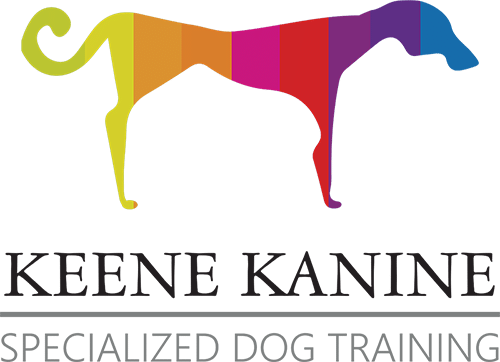
Maureen Keene
Keene Kanine
Long Beach, NY 11561
(516) 633-5201
Business Hours
- Mon - Fri
- -
- Saturday
- -
- Sunday
- -
Copyright 2020 All Rights Reserved. Art Licensed by Shutterstock©

